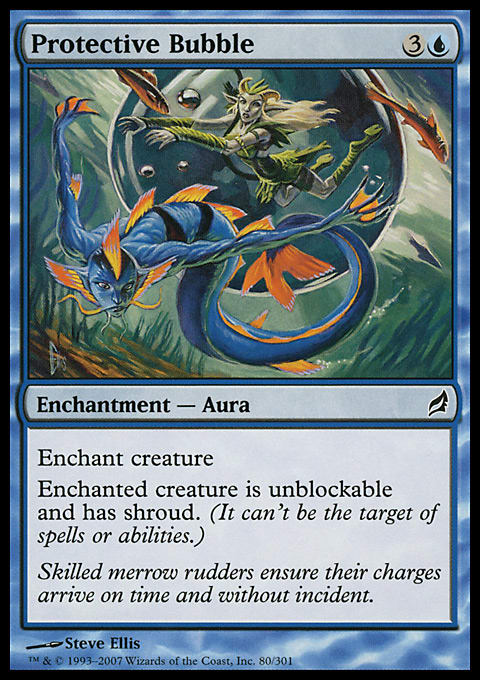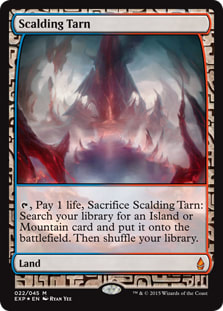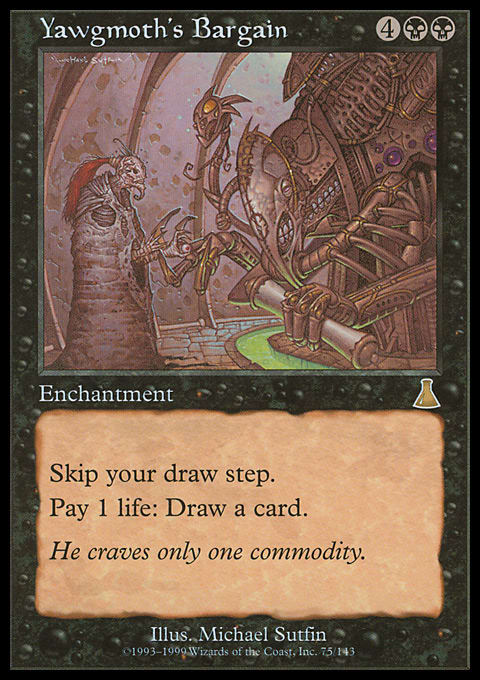I was contemplating what to write about last week and managed to find a strong topic involving the long term-prices of some of the more niche cards within the game. After some issues on the road from my shop-crawl to Minneapolis, the article was not able to be released in time, and so I will be saving that for a time in the future. The information is timeless, so nothing should change before that article goes live, but for the next few weeks, I already have a few topics to cover. This week, I want to talk a little more about the process of shop-crawling. I have gone in depth on some of the particulars before, and though this information is rarely useful to the average player, I believe I have a few pointers that can help even the most casual of financiers.
As a business, I spend a lot of time on the road and interact with a wide variety of people involved with the game we all love. Most people never have a chance to go anywhere beyond their local areas, and even those who will sporadically travel for Grands Prix or Pro Tour Qualifiers rarely interact with players or stores outside of their local bubbles. This lack of interaction can create a bit of a barrier between how you believe the market works due to what you see locally and how the overall chain of sales is in actuality.
Most of what I do when I am on the road involves working with many smaller stores or ones that have large overstock to allow them to liquidate massive quantities of cards at a time. Many people wonder why they would sell their cards to someone such as me rather than just make them cheaper for local players, but the reality of the situation in these smaller towns—and even in some of the bigger cities—is that rarely does someone walk into your store looking to spend a few thousand dollars. For some of these stores, that can be a few weeks or even a month’s worth of sales all at once, and sometimes, that can help some of the stores that may be struggling or those that would hardly notice that stock moving with how much they have overall.
This lesson or realization can be carried over to you as a player to allow you to understand how to work with some of these stores within your area. As simple as this seems, the reality is that money talks, and while a store owner may be happy to make a hundred-dollar sale with you, he or she is unlikely to give any sort of a real discount, as you have not presented him or her with enough incentive. So, the lesson to be learned from this is that if you are looking to spend money over the next six months at a local store on older formats, it may be best to wait and spend everything at once rather than piecing that out over time. This is not always realistic, as some stores do not have a large enough stock to fill all of your needs, but in general, if you are willing to spend anything north of $500 with a store, you can usually see its retail numbers adjust for you accordingly.
So, of course, money talks—that has been a lesson well outside of the realm of Magic for thousands of years. So, beside the fact that it is best to procure your Eternal staples all in one go, what else can we learn from my experiences on the road over these past few years?
One of the bigger changes I have noticed over the past year—and something that is certainly more prevalent since the release of Modern Masters—is the introduction of Modern on a local-store level. This may not seem like a huge deal for some of you who attend local stores, as your preferred stores may still not fully support the format, but so many shops across the nation have adapted to the player bases in their local areas, and it seems Modern is certainly the hot new thing. This piece of information is only really relevant when you think about it in context to other stores that may not support the format yet or that do not have the local player bases inclined to delve into the more expensive formats.
If you are someone looking to pick up Modern staples or Legacy staples, I have found it best to do some shopping around, not only for particular cards but for particular stores. If your local player base has fully accepted Modern, as so many have, you are likely to have a harder time receiving any sort of discount on cards when you need them, as some are in such short supply that many stores have hard times keeping them in stock. Unlike Standard players, Modern players tend to hold onto cards after they are done using them unless they need to trade them for cards they need. This leaves stores with less local availability to be able to buy such cards in—and in return, that means when they do acquire them, they will probably not budge from the full retail number they are certain someone is willing to pay.
If you, like me, don’t mind doing a little shopping around, I would suggest making a list of local stores that you would be willing to drive to and create contact with them. Knowing what each store specializes in and what they have a hard time moving allows you to target particular stores when you are looking for certain cards. If you know a store focuses primarily on Standard but has an older back stock of cards, you are much more likely to receive a discount if you come in seeking those older, neglected cards. On the same note, if you are seeking Standard cards, it may be best to target stores that have a more diverse player base and perhaps not always the strongest showing for Standard events, as the cards are readily available, and they want to turn them over with the market volatility as it is.
This is not to say you cannot find one local store that will be willing to work with you on everything, but through my travels, I have found that certain stores, no matter how bullish they may seem at first, typically have some form of stock that is more difficult for them to move. For some, it may be older singles, and for others, it may be unpicked bulk, but there is typically something they are willing to move for less than retail due to the decreased demand in their area.
Keeping note of these stores and keeping a good reputation with each allows you to extend your dollar to the fullest when you are seeking to drop a few hundred at a time. This, of course, may not work for everyone, and some people prefer to stick strictly to Standard, which is fine, but it’s less relevant for this subject matter. Instead, this ability to shop around is usually most beneficial to Commander or Eternal players. It can also be helpful for you to approach some of these stores before major events you are attending and offer to liquidate portions of their stocks for them. I have talked about this process in the past, and there truly is no real set-in-stone set of rules; instead, it usually just takes enough time and trust for the store to begin to look at you as a business contact or asset over just another customer.
As I have stated so many times in the past, Wizards is really pushing the store-level player support and trying to bring people back to the local level in any way they can, and if you are on board to help one or more of your local game stores, it can benefit everyone. Allowing stores extra income from time to time by clearing out older stock not only allows you to net some cards for play or profit, but it also forms a relationship in most store owners’ minds that allows them to appreciate you when you walk through the door. These perks can be whatever you want them to be within reason. Some stores offer their loyal customer bases the opportunity to have first dibs on new cards that come in or create wish lists to fulfill as the cards come through the door. Others may offer discounts or reward perks for spending so much. I call more than a few store owners friends, and getting to know them on more than just a business level can also help you to understand what you can do for them to further grow that relationship.
Next week, we will be fresh off of the Block Pro Tour in Atlanta, and I will be discussing the potential future ramifications of the decks and strategies we see there and how that may translate into the fall, when Theros is old news. There are certainly some gems hidden within the block still that just do not fit into the current Standard environment, and as always, Block is our first chance to see some of those cards in action. The level of innovation and raw deck-building talent that is put into this Pro Tour makes it my personal favorite each year to watch, so if you are like I am, stay tuned for all of the coverage this weekend, and check back in for my personal thoughts. If you have any questions or comments regarding this article or the upcoming Pro Tour, feel free to leave the comment below or contact me on Twitter.
Ryan Bushard





























